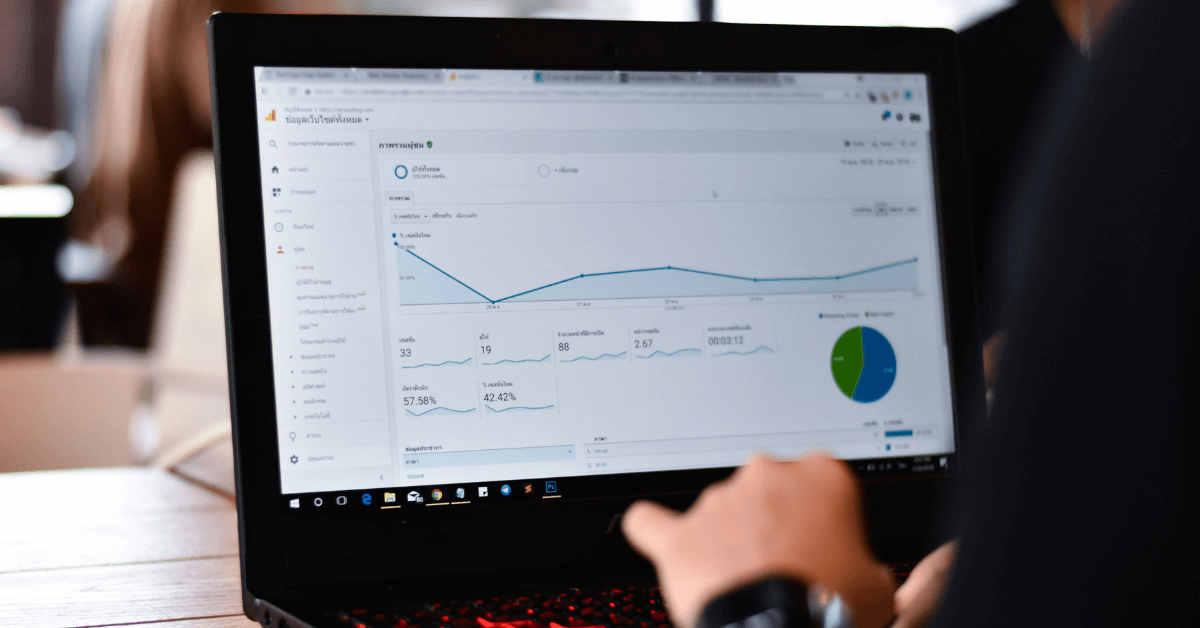Google Ranking Drop: When it comes to online visibility and driving organic traffic, Google rankings play an important role. However, experiencing a sudden and drastic drop in your rankings can be alarming and negatively affect your website’s performance. In this blog post, we’ll explore the factors that can cause Google rankings to decline and provide strategies to help you recover and regain your lost visibility.
Understanding the Google Ranking Algorithm:
Google’s ranking algorithm is a complex system that considers many factors in determining search engine ranking. It considers things like content quality, backlinks, user experience and technical aspects of your website. Understanding these factors is important to understanding the reasons for the decline in ranking.
Common Reasons for a Dramatic Drop in Google Rankings:
Algorithm Updates:
Google frequently updates its algorithms to improve search results. Rankings for these updates may change, especially if your website doesn’t match the new ranking criteria.
Technical Issues and Website Errors:
Things like slow page speeds, broken links, duplicate content, or server problems can negatively affect your rankings.
Content Quality and Relevance:
Poor quality or outdated content that doesn’t align with users’ search ideas can lead to a drop in rankings.
Backlink Profile and Penalties:
Unnatural or poor quality backlinks can trigger a penalty from Google, resulting in a significant drop in ranking.
User Experience (UX) and Site Performance:
If your website provides a poor user experience, such as slow loading times, intrusive ads, or difficult navigation, Google may lower its rankings.
Mobile-Friendliness and Responsive Design:
In this mobile-first era, it’s important to have a mobile-friendly website with a responsive design. Lack of mobile optimization can cause the rankings to drop.
Analyzing the Impact of Core Web Vitals on Ranking Drops:
Google’s Core Web Vitals are specific metrics that assess website performance and user experience. Poor scores in metrics like Largest Contentful Paint (LCP), First Input Delay (FID), and Cumulative Layout Shift (CLS) can result in a decline in rankings.
Optimizing your website to meet these needs is essential for proper recovery. Steps to Identify and recover from Ranking Drop
Monitoring and analyzing ranking changes:
Use SEO tools to track your rankings and identify when and where the drop occurred.
Identifying potential causes:
Review your website thoroughly to find possible issues related to content, technical aspects, backlinks, or user experience.
Conducting a thorough website audit:
Perform detailed checks to identify any technical errors, broken connections, or duplicate information.
Addressing technical issues and improving site performance:
Fix any technical issues, optimize your website speed, ensure mobile responsiveness, and improve overall user experience.
Enhancing content quality and relevance:
Review and update your content to make it more valuable, engaging, and aligned with users’ search intent.
Reviewing and disavowing harmful backlinks:
Analyze your backlink profile and reject any low quality or malicious links that could negatively affect your ranking.
Implementing an effective SEO strategy:
Create a comprehensive SEO strategy that includes keyword research, on-page optimization, link building, and content promotion to regain and improve your rankings
Preventing Future Ranking Drops:
A proactive approach and continuous improvement efforts are needed to combat future ranking declines. Here are the main strategies and practices to use.
1. Stay Updated with Algorithm Changes:
Google frequently updates its ranking algorithm to get better search results. Stay up to date with algorithm updates, such as major updates like Google Panda, Penguin, and Core Updates. Subscribe to industry blogs, follow Google’s official channels, and participate in relevant forums to stay updated on the latest changes.
2. Continuous Monitoring and Analysis:
Check your website’s performance and ranking regularly using SEO tools. Track important metrics like organic traffic, keyword rankings, and conversion rates. Set alerts to report sudden drops or fluctuations in usage rates. Monitoring helps you identify problems early and respond quickly.
3. Conduct Regular Content Audits and Updates:
Content is key to ranking well in Google. Conduct regular content reviews to ensure the quality, relevance, and freshness of your content. Identify and update or eliminate obsolete or malfunctioning features. Make sure your content matches what the user is looking for and includes relevant keywords.
4. Build a Diverse and High-Quality Backlink Profile:
Backlinks play an important role in determining your website’s authority and ranking. Focus on creating high-quality, authentic backlinks to popular websites in your industry. Avoid spammy or negative backlinks that can trigger penalties. Monitor your backlink profile regularly and reject any harmful links that could negatively affect your ranking.
5. Optimize for Mobile Devices and Improve User Experience:
With a mobile-first approach, it’s important to optimize your website for mobile devices. Make sure your website has a responsive design that adapts to different screen sizes. Optimize page load times for a seamless mobile experience. Boost navigation, reduce intrusive ads, and ensure content is easy to read on mobile devices.
6. Implement Structured Data and Schema Markup:
Structured data helps search engines better understand the content and context of your websites. Use schema markup to provide additional contextual information, such as object descriptions, surveys, events, and queries. This can enhance your search listings with rich snippets, making them more appealing to users and potentially improving click-through rates.
7. Regular Technical Website Maintenance:
Technical issues can negatively impact your ranking. Perform regular website audits to identify and fix technical errors such as broken links, crawl errors, duplicate content, and problems with meta tags. Optimize your site’s speed and performance by compressing images, minimizing code, and implementing storage options.
8. Monitor Competitors and Industry Trends:
Look at the competitors’ strategies and performance. Analyze their backlink profiles, content strategies, and website optimization. Keep up to date with industry trends, keywords and search algorithms to optimize your SEO strategy accordingly.
9. Invest in Ongoing SEO Efforts:
Search engine optimization is an ongoing process. Regularly update and optimize your website content, conduct keyword research, and stay proactive in link building efforts. Continuously measure and analyze the results of your SEO efforts to identify areas for improvement.
Conclusion:
Experiencing a dramatic drop in Google rankings can be unsettling, but by understanding the potential causes and implementing effective recovery strategies, you can regain your lost visibility. Stay proactive, continuously optimize your website



